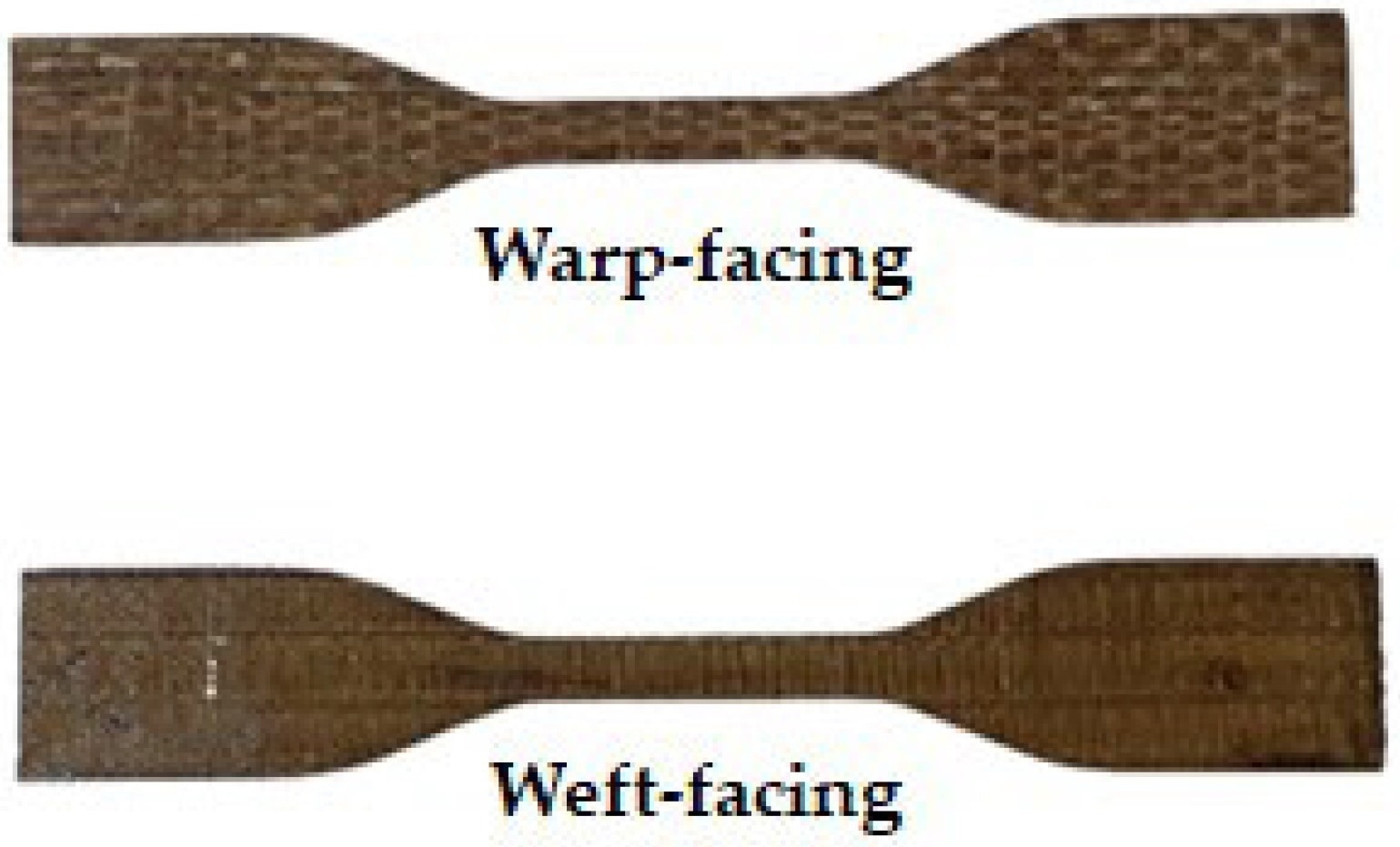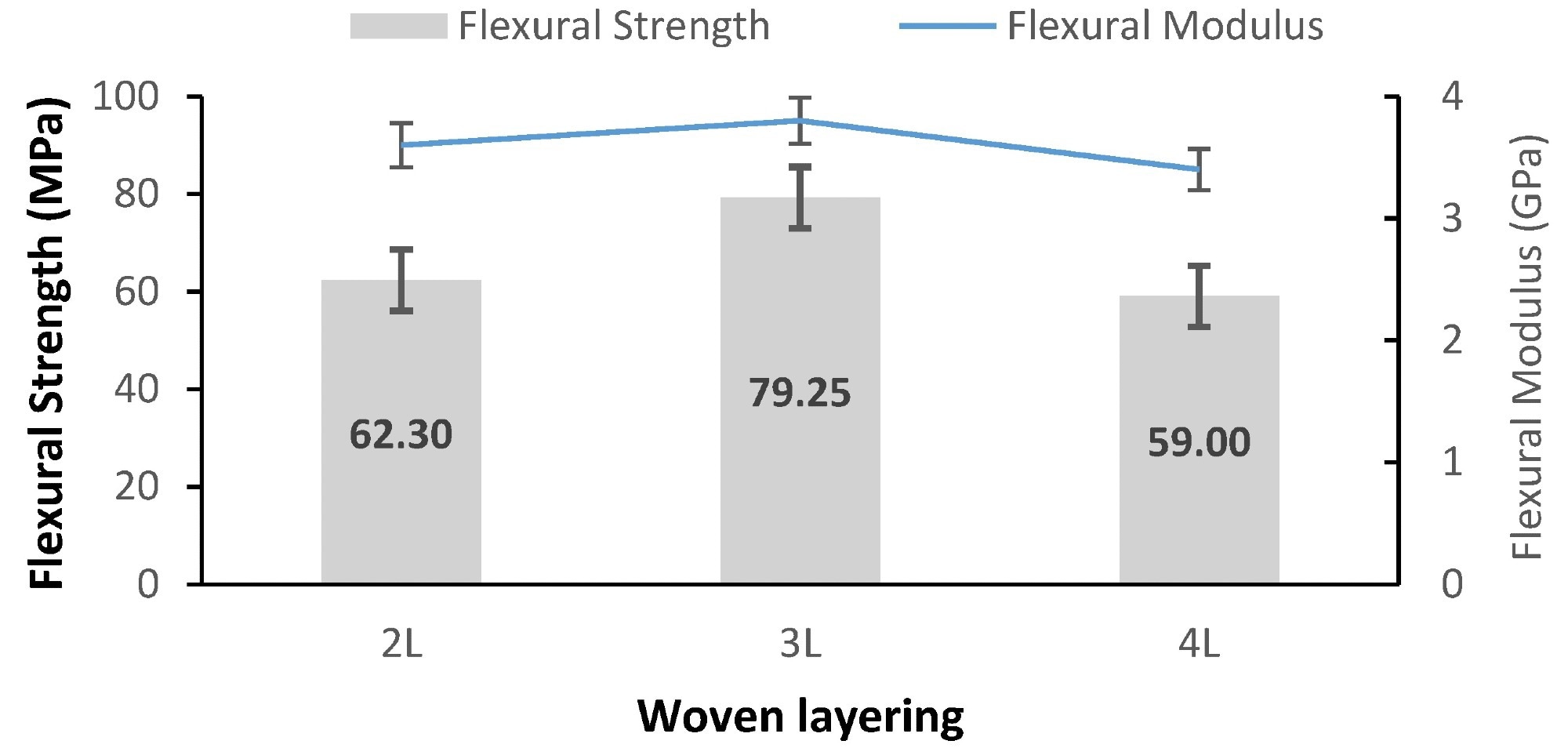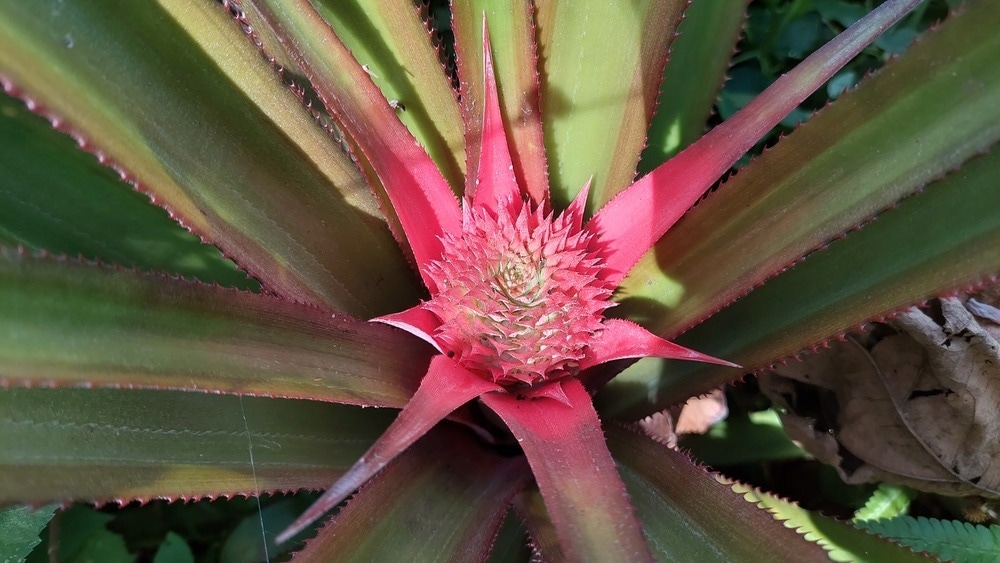How Can Pineapple Leaf Fibers be Used in Polymer Composites?
How Can Pineapple Leaf Fibers be Used in Polymer Composites?
A group of researchers recently published a paper in the journal Polymers that demonstrated the feasibility of using natural fibers, specifically pineapple leaf fiber (PALF), for the fabrication of polymer composites.
Study: Potentiality of Utilizing Woven Pineapple Leaf Fibre for Polymer Composites. Image Credit: Ekky Ilham/Shutterstock.com
Background
Natural fiber-reinforced polymer composites (NFRPCs) are considered an eco-friendly alternative to synthetic fiber-reinforced composite materials. These composites also possess several other advantages, such as superior mechanical properties, lower density, and affordability.

Warp and weft direction of woven PALF-reinforced epoxy composites. Image Credit: Hadi, A.E. et al., Polymers
Moreover, the use of natural fibers to prepare composite materials can enhance sustainability by decreasing energy consumption, owing to the low density of such fibers. The mechanical and physical properties of natural fiber woven composites are determined by the polymer type, fiber orientation, layering sequences, and woven structure.
PALF is a natural fiber with the highest cellulose content and tensile strength (TS). It is also one of the most eco-friendly types of natural fiber. PALF is used most extensively in the textile industry to reinforce polymer composites owing to its good acoustic and thermal insulation, extensive availability, and lower cost.
Although several studies were performed to investigate the feasibility of using unidirectional, random, long, and short PALF mats as reinforcement agents in composites, studies evaluating the properties of woven PALF and its mechanical performance when used as a composite reinforcement have been limited.
The Study
In this study, researchers evaluated the potential of woven PALF in reinforcing epoxy resin (ER) composite by fabricating a woven PALF-reinforced ER composite. Specifically, the effect of warp (0o) and weft (90o) fiber orientations and layering numbers on the PALF-reinforced ER composite mechanical properties were investigated. PALF-reinforced ER composites with four-layer (4L), three-layer (3L), and two-layer (2L) of woven PALF were synthesized to assess the effect of different layering numbers.

Flexural properties of woven PALF-reinforced epoxy composite at different layering numbers. Image Credit: Hadi, A.E. et al., Polymers
A plain type of woven PALF was used to prepare the woven PALF-reinforced ER composites with three woven PALF layer numbers using the hand layup technique. The woven PALF was cut into 300 × 300 mm pieces, which were then arranged in layers in an aluminum mold. A releasing agent was dispersed on the inner mold surfaces before the initiation of the lamination process to avoid the sticking of the composite to the mold and produce a sample with a smooth surface.
The hardener matrix and the ER were mixed and stirred uniformly and slowly for five min. Subsequently, the mixture was poured into the aluminum mold, and a scraper was used to spread the mixture throughout the surface of the layered woven PALFs.
A compression molding machine was employed to cure the as-prepared composites at room temperature for 24 h to eliminate the air bubbles. 50 bars of compression pressure were applied with dead weights on top of the mold. Eventually, the samples were retrieved from the aluminum mold and cut into desired sizes according to American Society for Testing and Materials (ASTM) standards using a laser cutter for further experiments.




Comments
Post a Comment